Laughter is usually a sign of joy, amusement, or relief—but in the world of comic books, animation, and video games, it can become a weapon of terror. Some villains have mastered the sinister art of turning mirth into a tool of domination, forcing their victims to laugh against their will. Whether through toxic gases, hypnotic devices, ticklish torture, or psychological manipulation, these antagonists transform an instinctive human response into an instrument of fear, humiliation, and control. From the maniacal genius of the Joker to the eerie performances of Zombozo, and from the mechanical menace of Laughing Octopus to the grotesque antics of Don Turtelli, the act of laughter itself becomes a battlefield. In this gallery, we explore a collection of such “laughter villains,” analyzing their origins, powers, and the chilling methods they use to make others laugh when they would rather not.
Contents
- 1 10) Laughing Octopus (“Metal Gear Solid 4”)
- 2 9) Gangster Prankster (“The Black Scorpion”)
- 3 8) The Gas Gang (“Metal Men”)
- 4 7) Zombozo (“Ben 10”)
- 5 6) Trickster (“The Flash”)
- 6 5) Prankster (“Superman”)
- 7 4) Orochi (“One Piece”)
- 8 3) Mr. X (“Lupin the 3rd”)
- 9 2) Don Turtelli (“Teenage Mutant Ninja Turtles, 1987)
- 10 Joker (“Batman”)
10) Laughing Octopus (“Metal Gear Solid 4”)
Laughing Octopus first appeared in Metal Gear Solid 4: Guns of the Patriots (2008), created by Hideo Kojima as part of the notorious Beauty and the Beast Unit. She embodies the mix of psychological trauma and bizarre, symbolic design that characterizes many of Kojima’s villains.
Her primary power lies in her mechanical tentacle suit, which grants her inhuman strength, agility, and the ability to cling to walls or ceilings. She is also a master of disguise and mimicry, using advanced camouflage systems that allow her to blend perfectly into her environment, even imitating furniture and machinery to ambush her targets.
Her codename comes from the twisted psychological conditioning she endured. During torture in her past, she was forced to laugh uncontrollably while being subjected to extreme distress. This left her with a maniacal, chilling laugh that erupts in battle, unsettling opponents and symbolically turning laughter into a weapon of fear. In her case, the laughter doesn’t make others laugh directly, but it imposes unease, derangement, and the grotesque inversion of joy into something terrifying.
9) Gangster Prankster (“The Black Scorpion”)
Gangster Prankster is a flamboyant villain from Black Scorpion, a 1995 made-for-TV superhero movie later developed into a short-lived television series. The character fits the campy, over-the-top style of the show, with a design and personality clearly inspired by classic comic book tricksters and jesters.
His exaggerated clownish persona makes him both ridiculous and dangerous, blurring the line between comic relief and genuine threat.
In the episode “He Who Laughs Last” The Gangster and his gang plan to release boxes and boxes of feathers all over the city and make the citizens all die from laughter. He developed a weapon that makes explode people laugh.
The gang kidnaps Argyle, Black Scorpion’s ally, and plans to kill him: they tie him to a table while a feather is waved at regular intervals along his bare feet to make him laugh.
Giggle, Gangster Prankster’s assistant, also tickles his feet with her fingers.
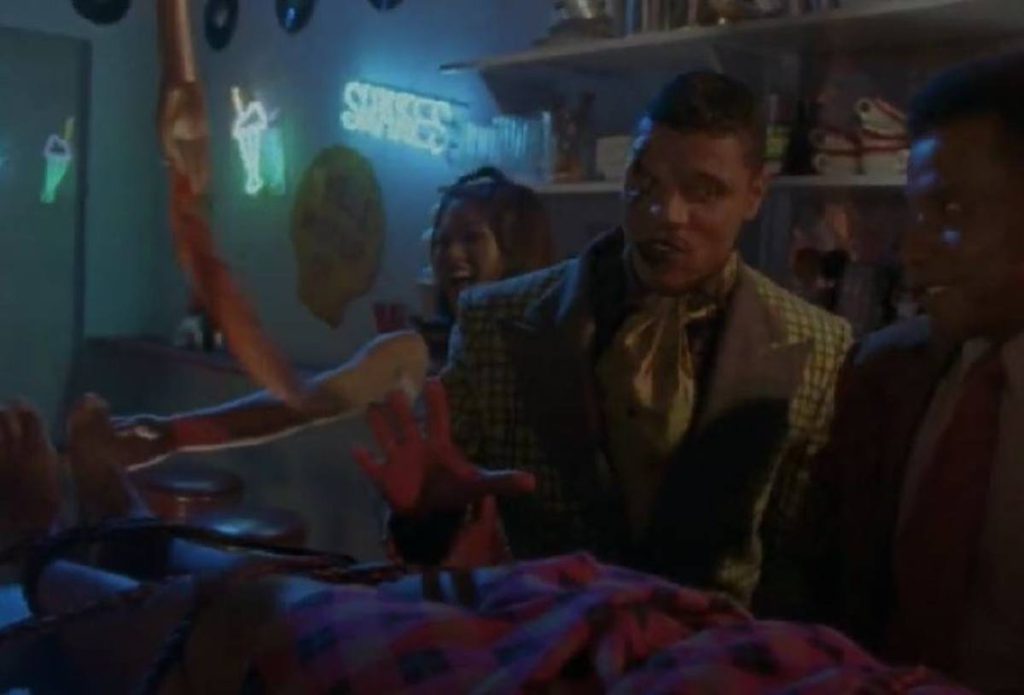
8) The Gas Gang (“Metal Men”)
The Gas Gang debuted in Metal Men #6 (1963), published by DC Comics and created by Robert Kanigher and Ross Andru. They are a bizarre group of robotic villains built by Doc Magnus as experimental creations, later corrupted into enemies of his heroic Metal Men. Each member of the team represents a different type of gas, personified with unique abilities and personalities.
The Gas Gang’s most ironic member is Helium, who weaponizes laughter in a twisted way. By releasing bursts of helium, he forces victims’ voices into high-pitched squeals, often reducing them and their allies to helpless fits of laughter. What might seem humorous quickly turns into a form of mockery and psychological disruption, as the laughter strips opponents of dignity and composure in the middle of battle.
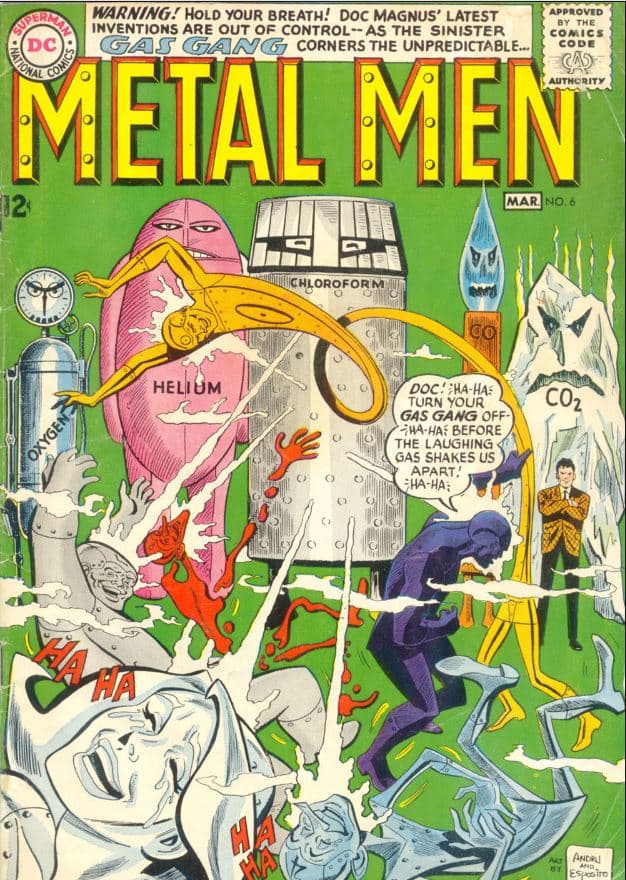
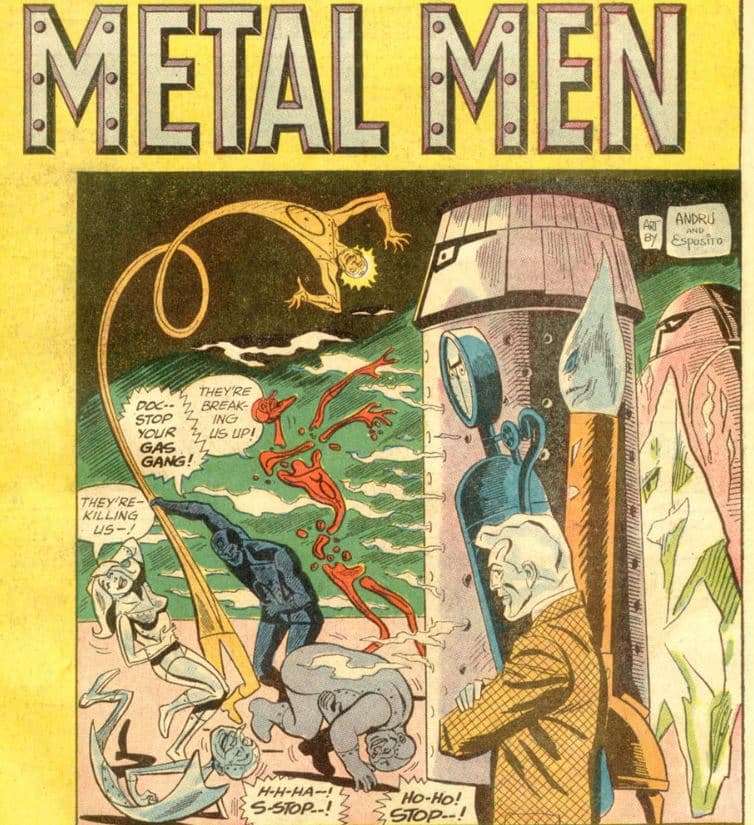
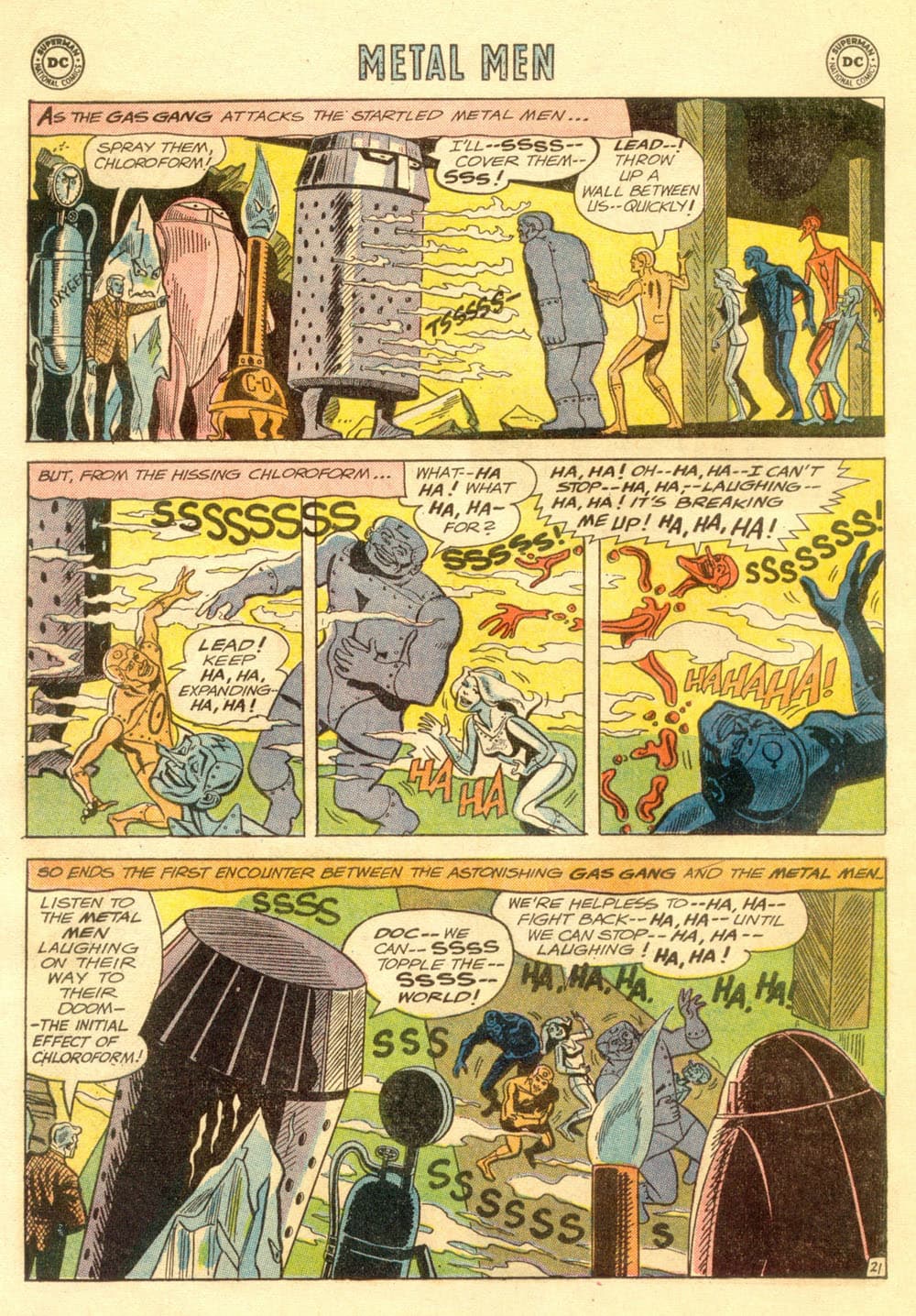
7) Zombozo (“Ben 10”)
Zombozo is one of the recurring villains in the Ben 10 animated franchise, first appearing in the original series in 2006. Designed as a nightmarish clown, he quickly became one of the most memorable foes for young viewers, embodying the archetype of the evil jester with a supernatural twist.
Zombozo weaponizes laughter directly: he hypnotizes people and forces them into uncontrollable fits of laughter while he feeds on their joy, leaving them drained, weakened, or even comatose. His victims experience laughter not as a sign of happiness, but as a terrifying loss of control, turning what should be a source of pleasure into an act of submission.
6) Trickster (“The Flash”)
Trickster is a long-time enemy of the Flash, first appearing in The Flash #113 (1960), created by John Broome and Carmine Infantino. Over the decades he has appeared in many forms, from James Jesse, the circus acrobat turned criminal prankster, to Axel Walker, a younger copycat. The character has crossed into live-action several times, notably portrayed by Mark Hamill both in the 1990 Flash series and the CW’s modern adaptation.
Trickster has no superpowers, but he is a genius of gadgets, traps, and prank-themed weaponry. His arsenal ranges from explosive toys and mechanical tricks to elaborate illusions. His clownish persona and manic energy make him unpredictable, blending comedy with real danger.
5) Prankster (“Superman”)
The Prankster, real name Oswald Loomis, debuted in Action Comics #51 (1941), created by Jerry Siegel and John Sikela. He emerged during the Golden Age of Comics as one of Superman’s more eccentric foes, designed to bring a mischievous and humorous edge to the Man of Steel’s rogues’ gallery. Over time, he has been reimagined in different eras, sometimes as a goofy trickster, other times as a darker and more sadistic figure.
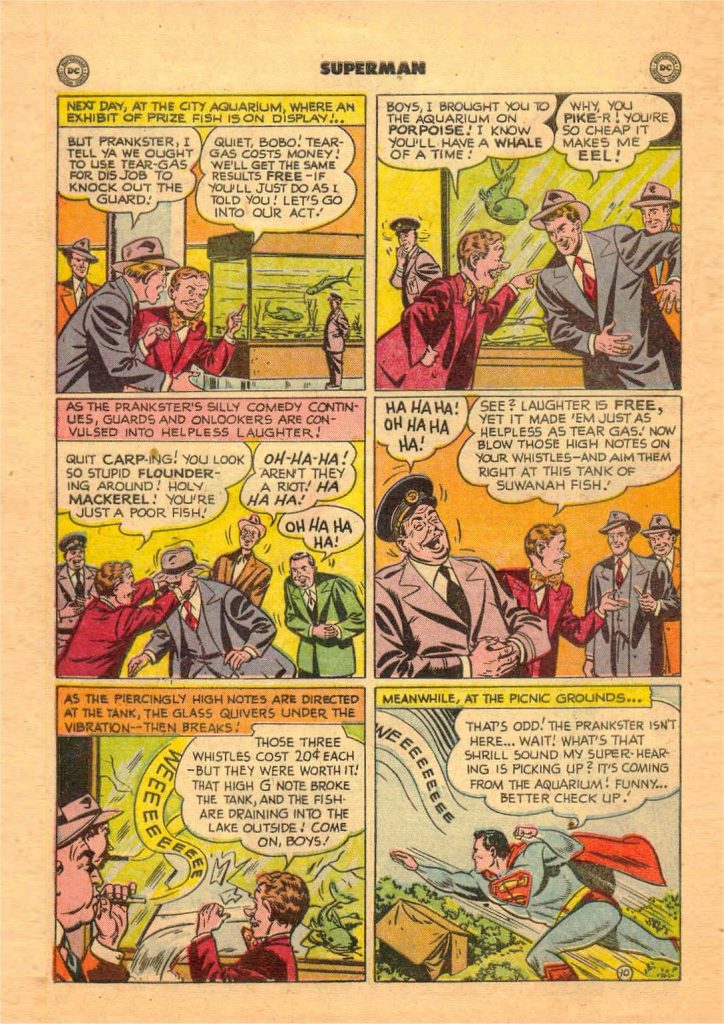
Prankster weaponizes humor itself. By staging absurd crimes and forcing people into ridiculous situations, he provokes laughter — often nervous or uncontrollable — from bystanders and victims. In darker portrayals, his tricks cross into cruelty, mocking victims as they laugh at their own humiliation.
In “Lois & Clark: The New Adventures of Superman” Prankster uses laughing gas to kidnap Lois Lane, who is unable to react because she is forced to laugh.
4) Orochi (“One Piece”)
Kurozumi Orochi is a major antagonist in One Piece, first appearing in the Wano Country arc. As the shogun of Wano, he rules with cruelty and cunning, backed by the fearsome Beast Pirates and allied with Kaido, one of the Four Emperors. Orochi’s grotesque appearance and tyrannical behavior make him one of the most memorable human villains in the series.
Orochi’s defining ability comes from his consumption of a SMILE artificial Devil Fruit, which grants him the power to transform into an eight-headed serpent. Unlike natural Zoan-type Devil Fruits, SMILEs are often imperfect, producing unpredictable abilities and forcing a permanent unnatural grin upon the consumer’s face. The SMILE fruits turn joy into grotesque distortion, making Orochi and his followers embodiments of laughter twisted into fear and domination.
3) Mr. X (“Lupin the 3rd”)
Mr. X is the recurring nemesis of Arsène Lupin III in the Lupin the 3rd franchise, first appearing in the 1970s anime. He is the leader of the global crime syndicate known as Scorpion, and serves as one of the most persistent foes in Lupin’s long career of heists. Unlike many of Lupin’s colorful adversaries, Mr. X is characterized by his ruthless obsession with order and vengeance, often returning even after seemingly fatal encounters.
In “Lupin the 3rd” season 1, episode 1, Fujiko is captured by Mr. X’s men and tied to a table. To humiliate her, the crime boss activates a machine that tickles her all over her body with countless little hands. The woman is forced to squirm, laugh, and beg for mercy, much to the satisfaction of Mr. X, who shows her the implementation of his plan, continuing to tickle her.
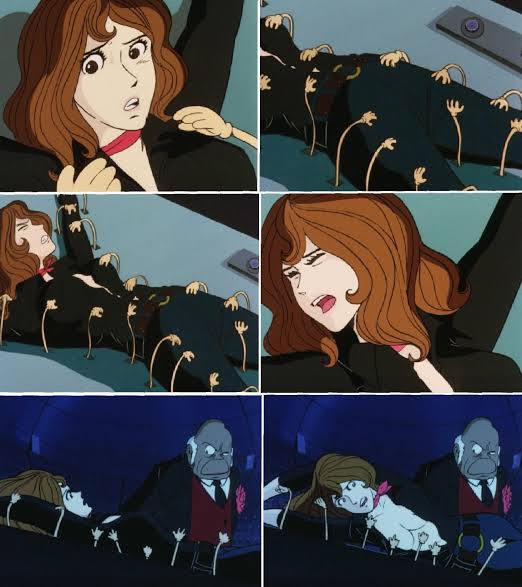
The same scene, extended, is presented in the OAV “Is Lupin Still Burning?”. Fujiko’s reactions are even more uncontrollable, as she is unable to speak due to her laughter. In addition, Mr. X’s car, after exploding due to overload, has appendages that culminate in mouths, which continue to tickle Fujiko to the point of exhaustion.
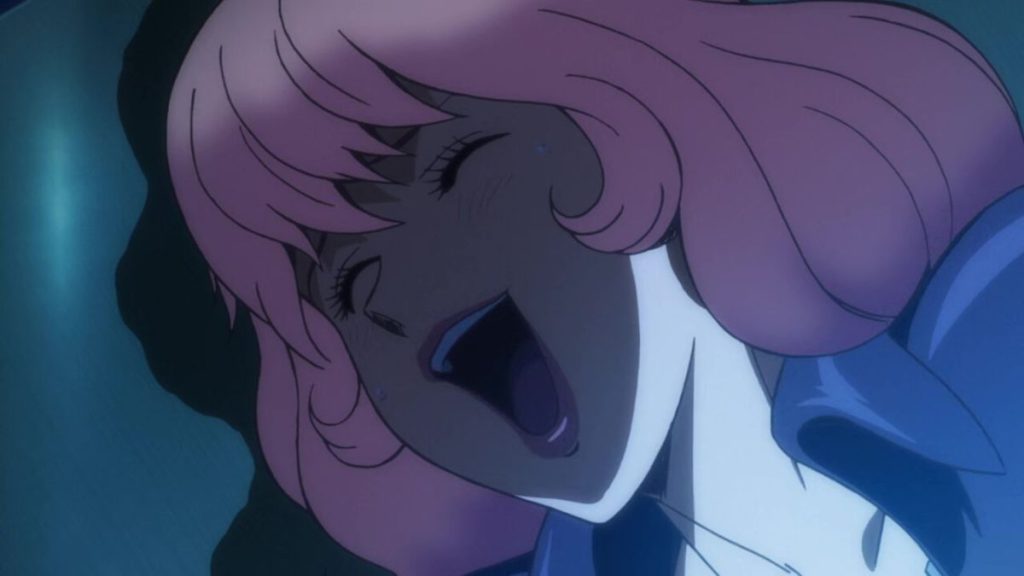
2) Don Turtelli (“Teenage Mutant Ninja Turtles, 1987)
Don Turtelli is a minor but unforgettable villain from the Teenage Mutant Ninja Turtles 1987 animated series. Introduced as a mafia-style crime boss, he quickly became infamous among fans not for his underworld schemes, but for his bizarre obsession with tickling as a form of torture. His defining trait is his use of a feather, which he brandishes as his weapon of choice to torment his captives.
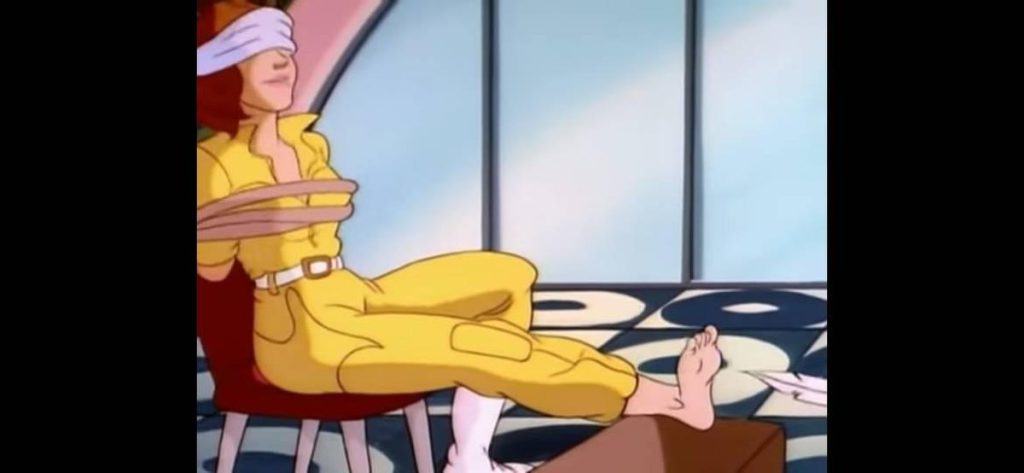
Unlike villains who use chemicals or hypnosis, Don Turtelli specializes in forced laughter through physical tickle torture. He traps his victims and relentlessly tickles them until they are helpless with uncontrollable laughter, unable to resist. This peculiar method, at once comical and unsettling, made him a cult figure among TMNT fans, remembered as the villain who literally turned laughter into an interrogation tool.
Joker (“Batman”)
The Joker first appeared in Batman #1 (1940), created by Bill Finger, Bob Kane, and Jerry Robinson. Over the decades he has become not just Batman’s arch-nemesis, but one of the most iconic villains in all of comics and pop culture. His chaotic blend of sadism, humor, and theatricality has made him the definitive “clown prince of crime,” with countless interpretations across comics, animation, live-action films, and video games.
The Joker literally weaponizes laughter. His signature creation is “Joker Venom,” a chemical agent that forces its victims into uncontrollable fits of laughter until it kills them, leaving their corpses with grotesque rictus grins. He uses laughing gas, joy buzzers, and other carnival-inspired tools to force laughter onto his victims, transforming joy into agony. For him, laughter is not entertainment but domination — an act of cruelty that mocks both life and death.
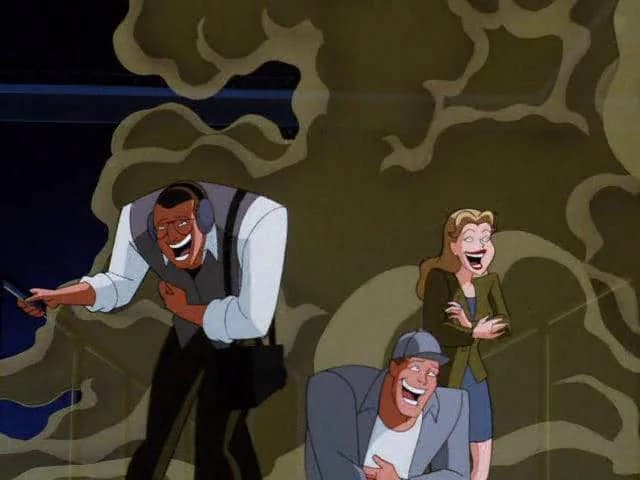
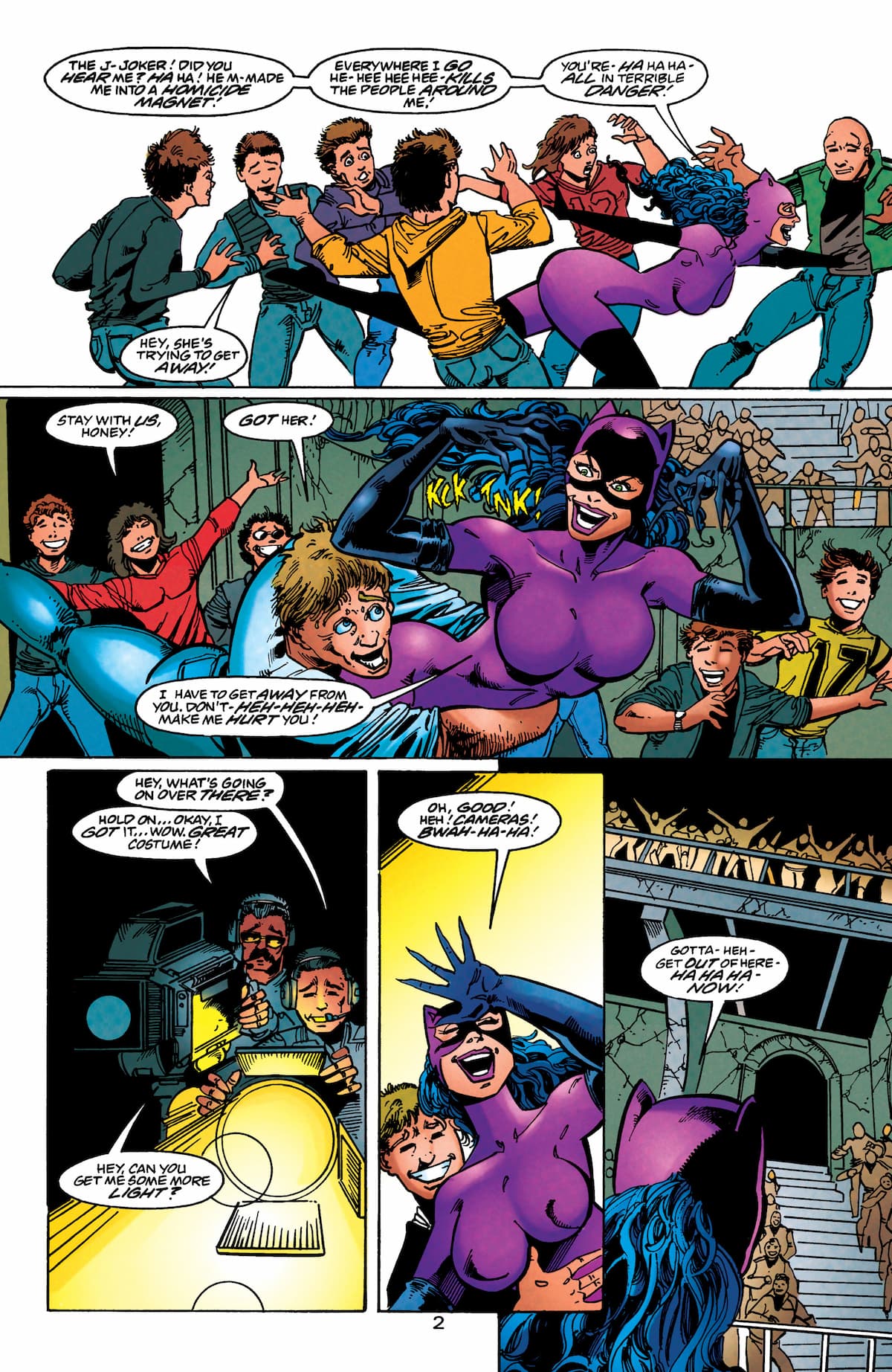
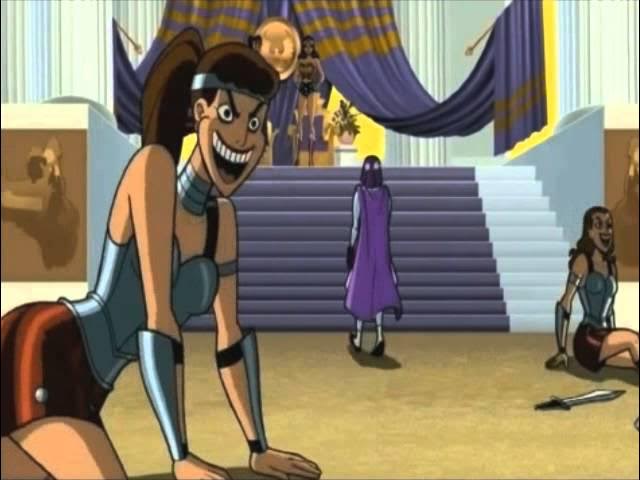
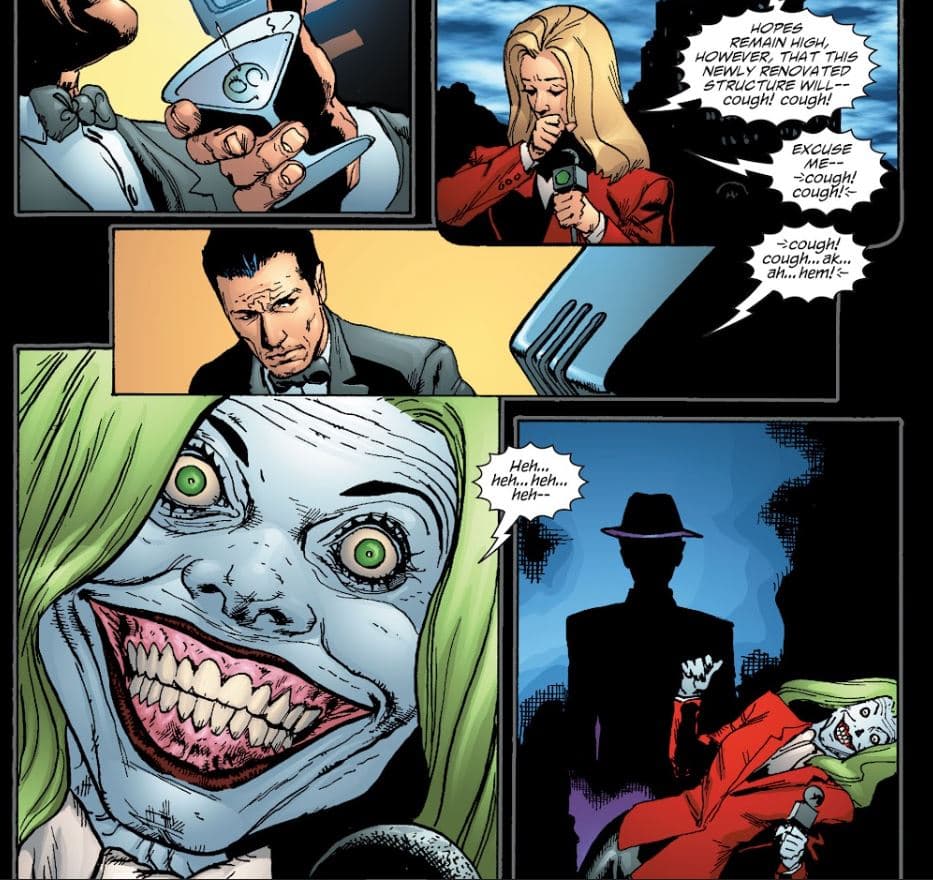
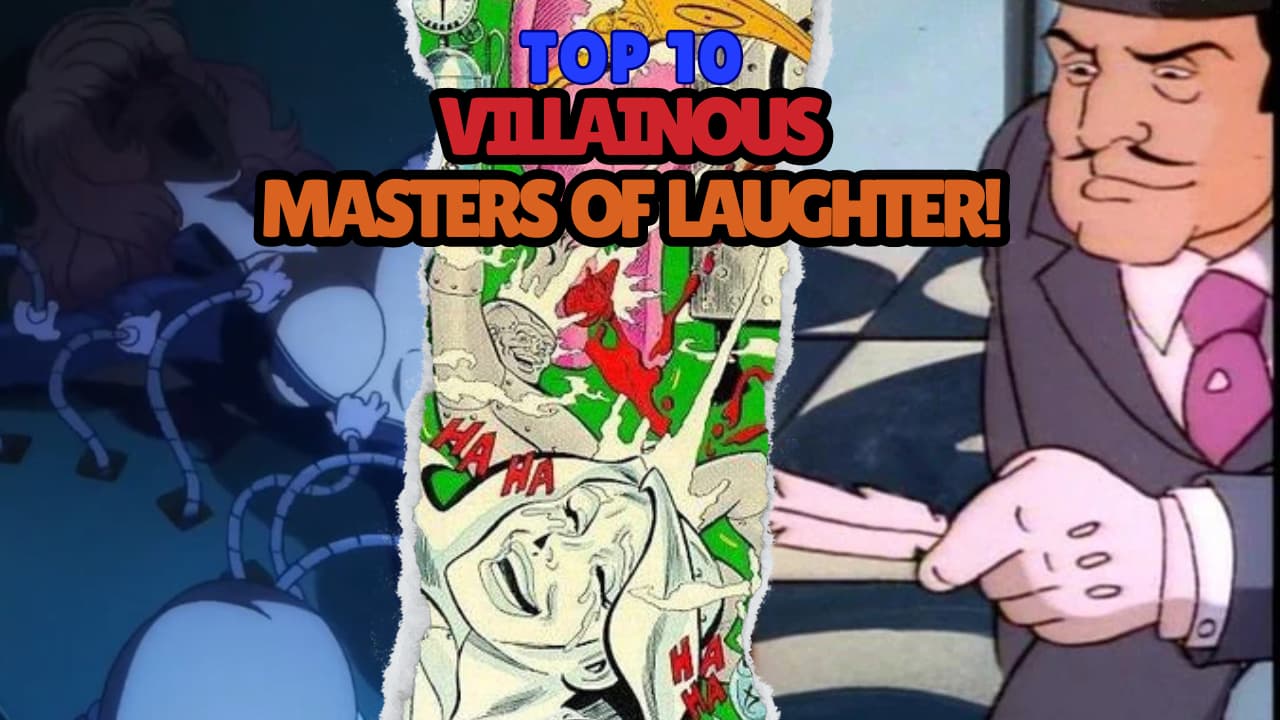
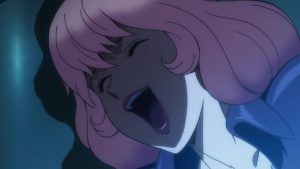
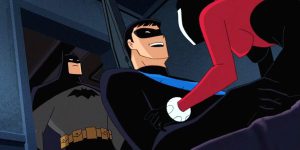
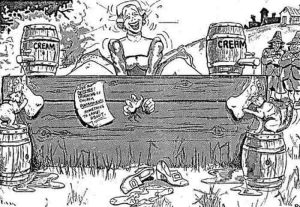
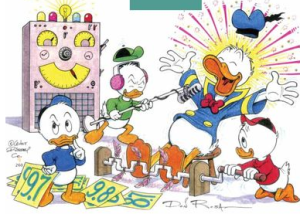
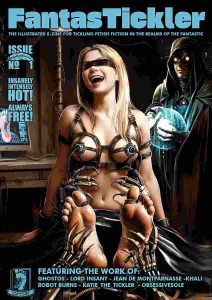
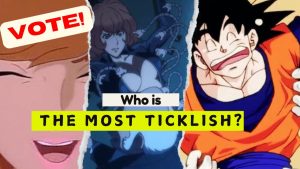
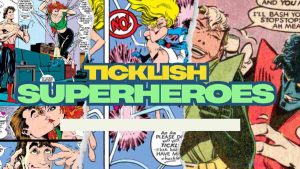

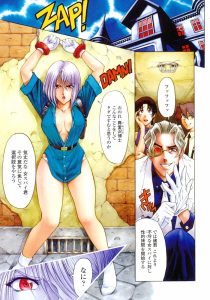

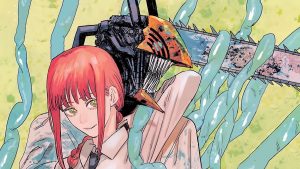
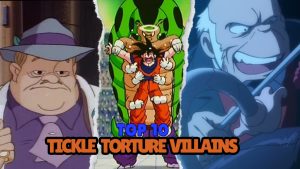
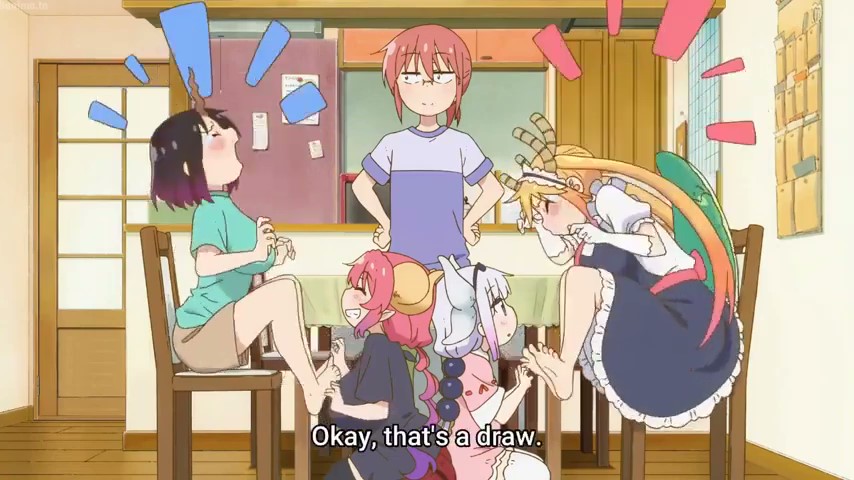

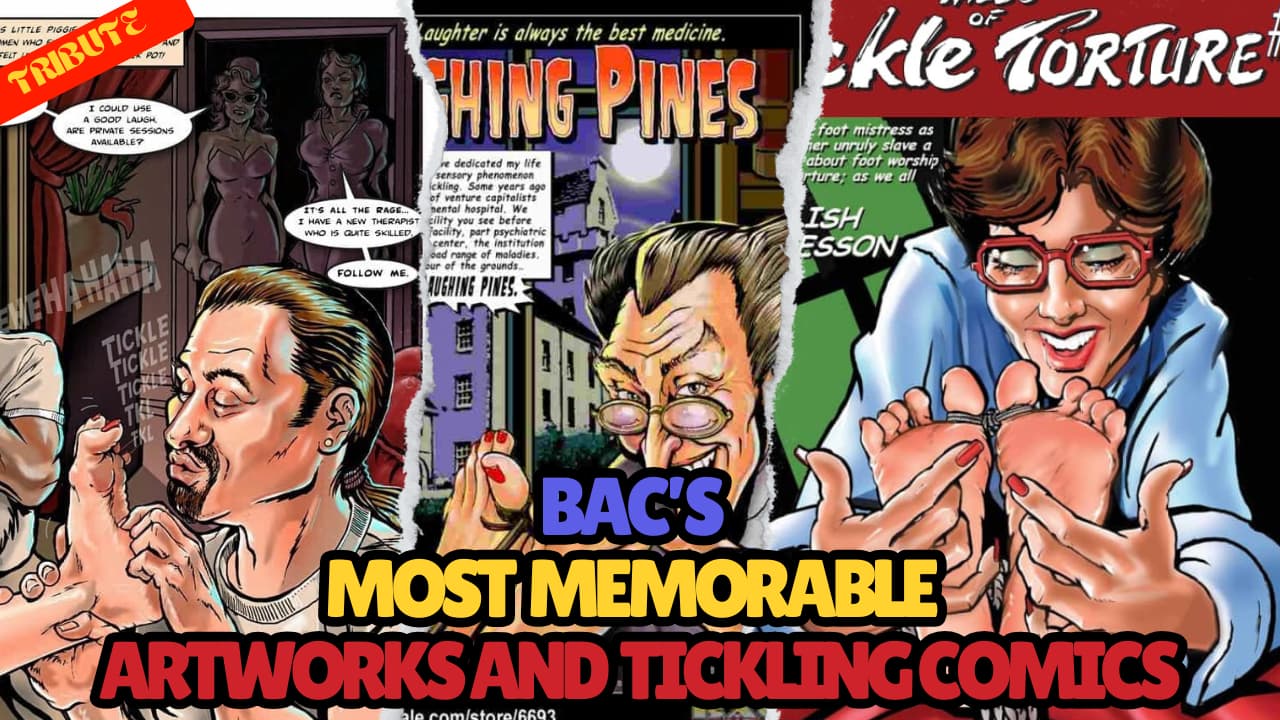

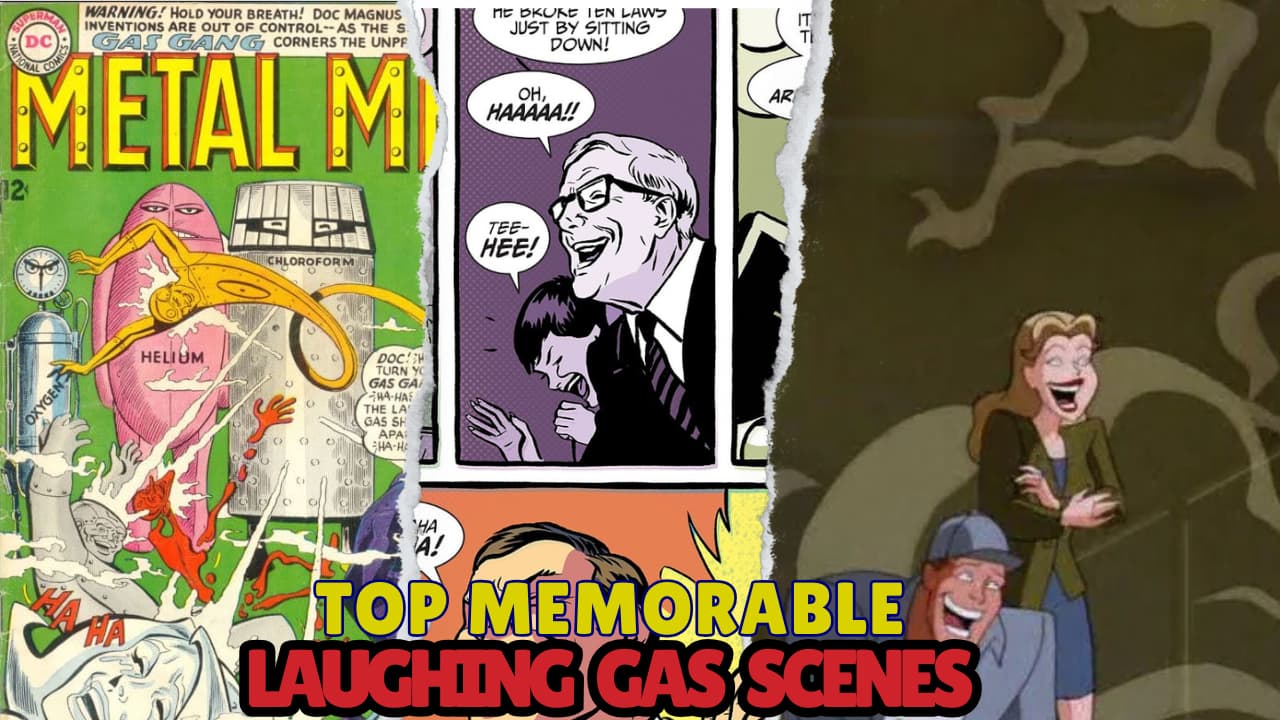
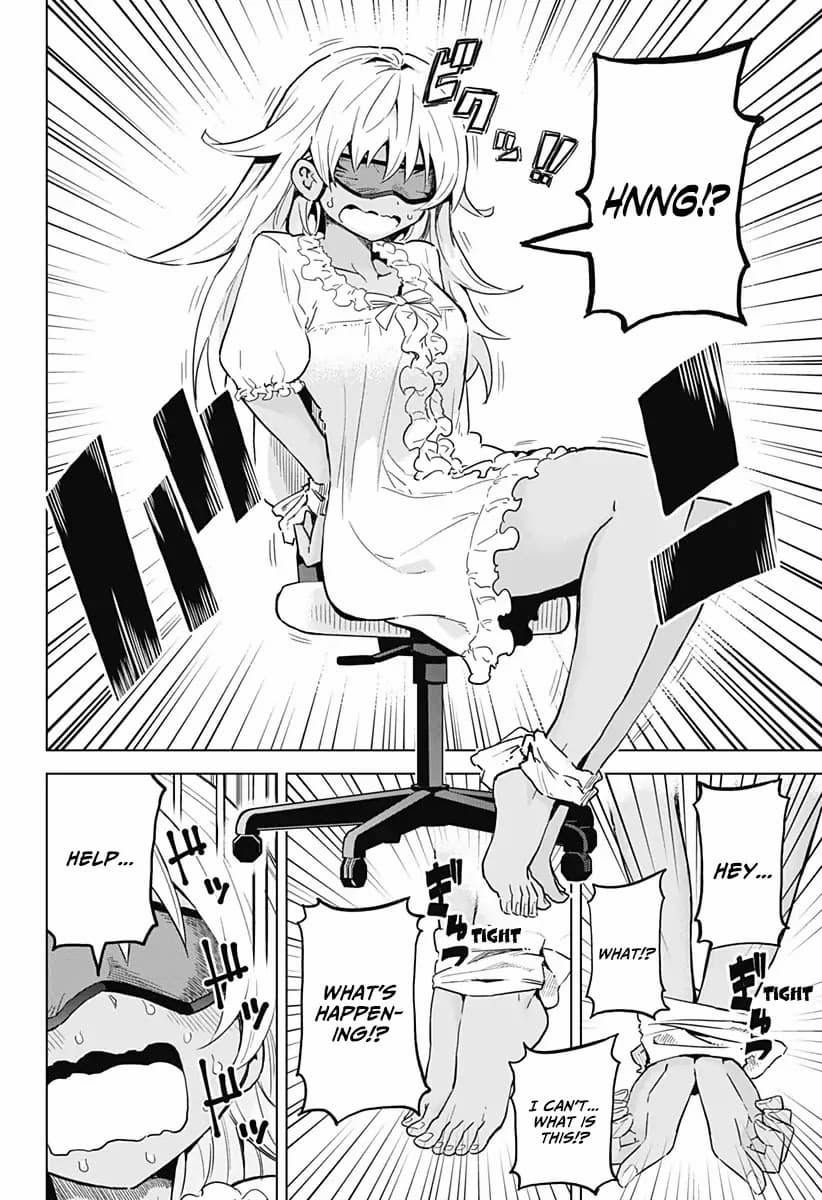
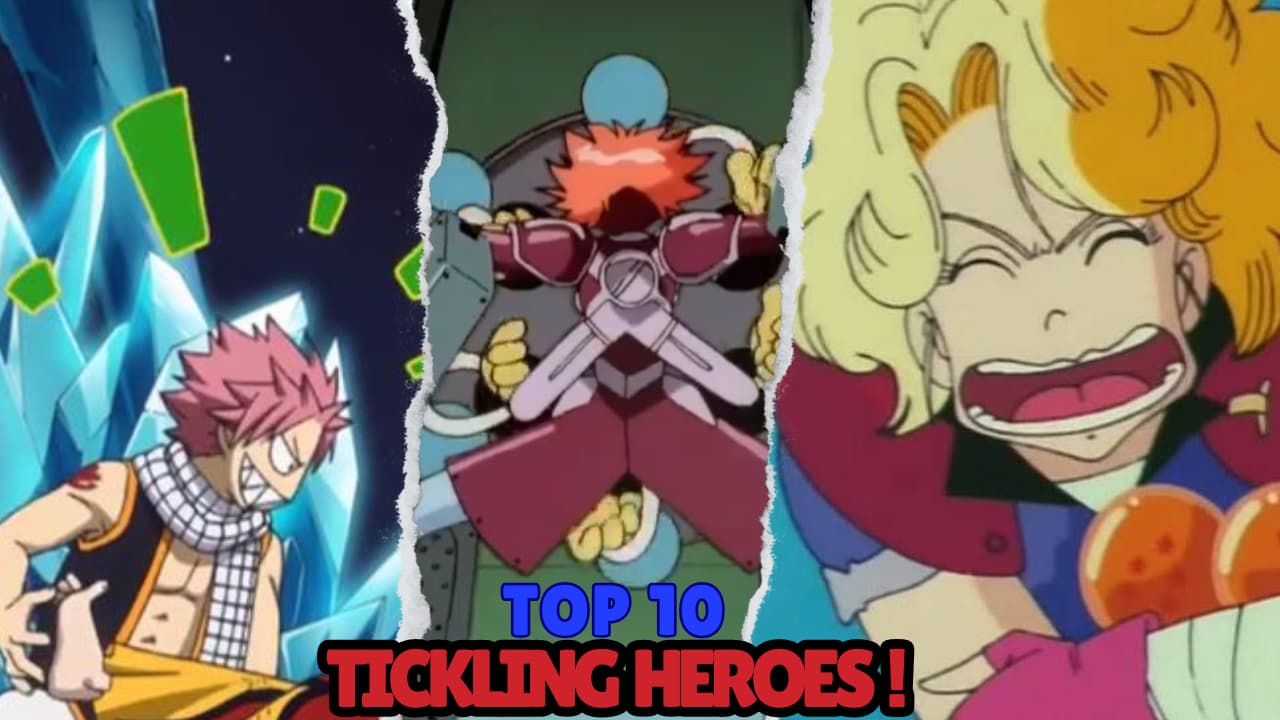
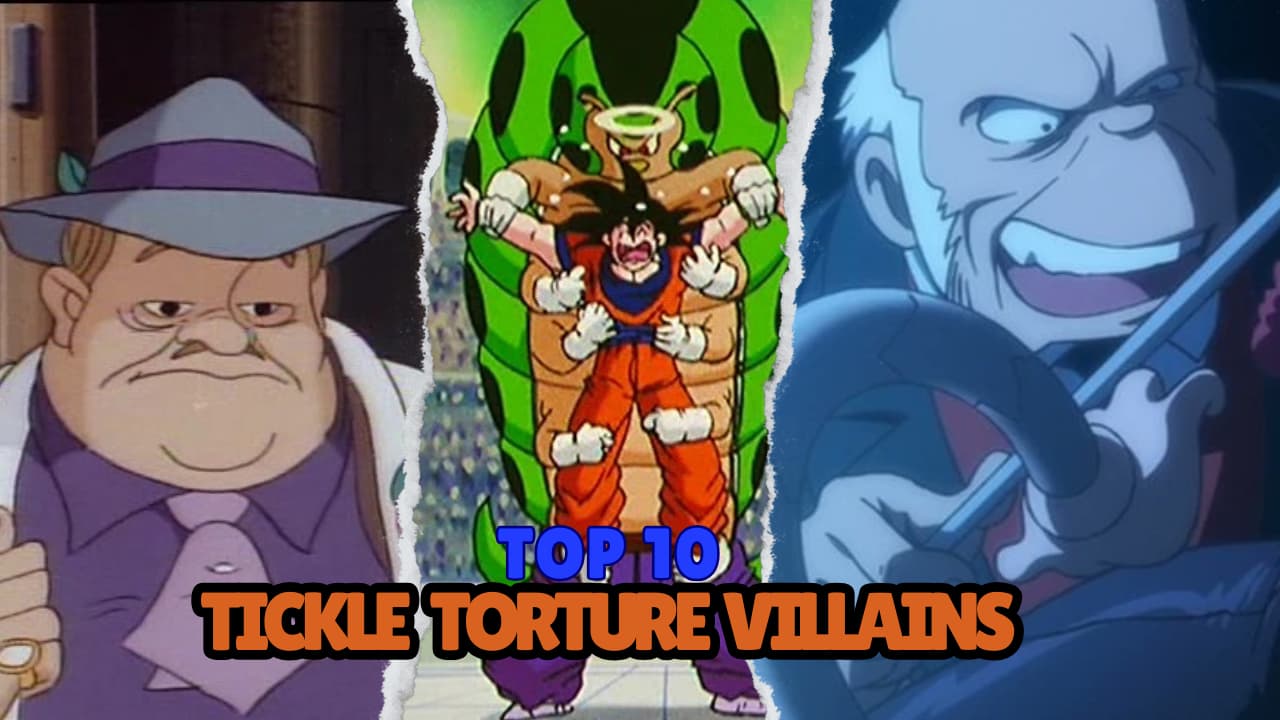
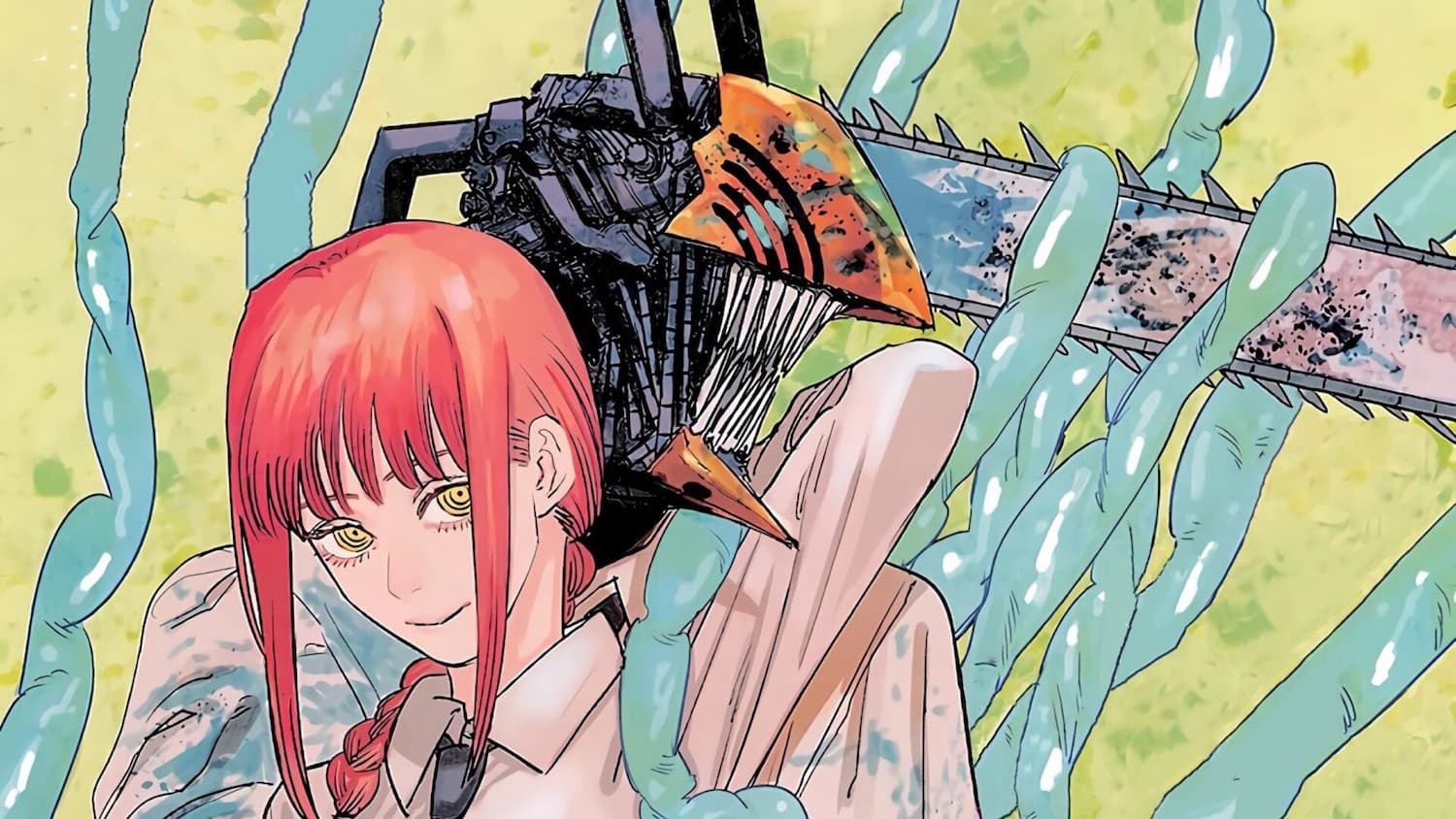
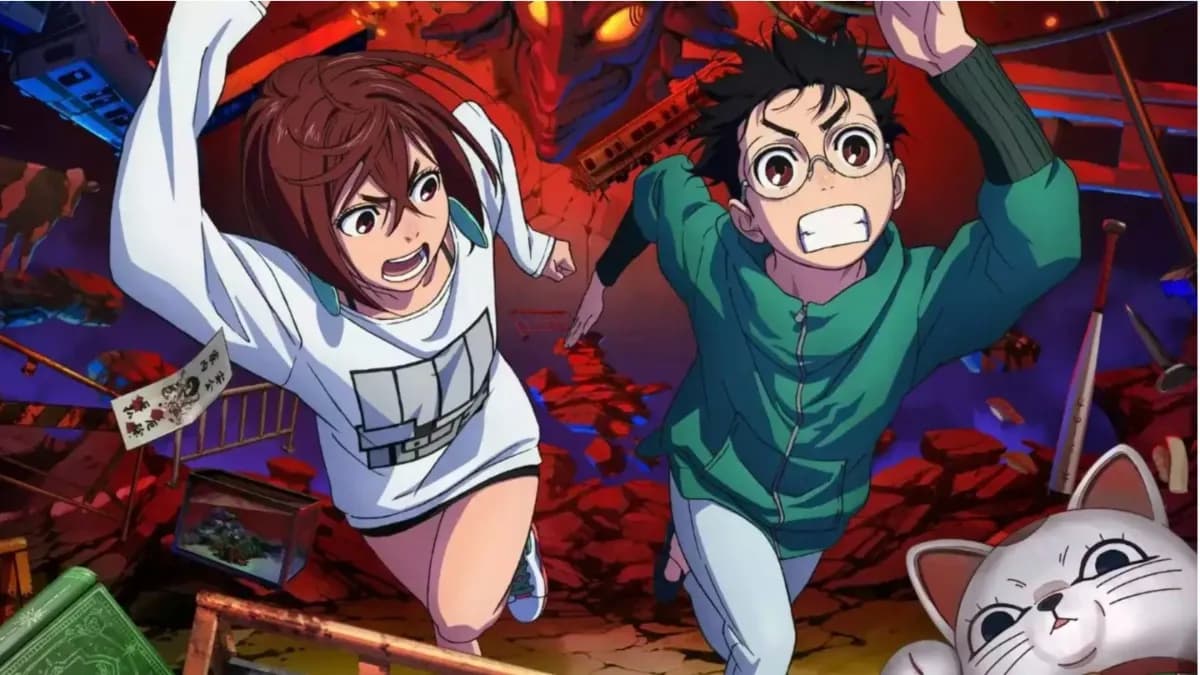
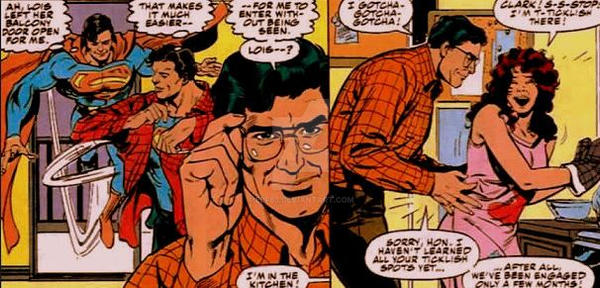
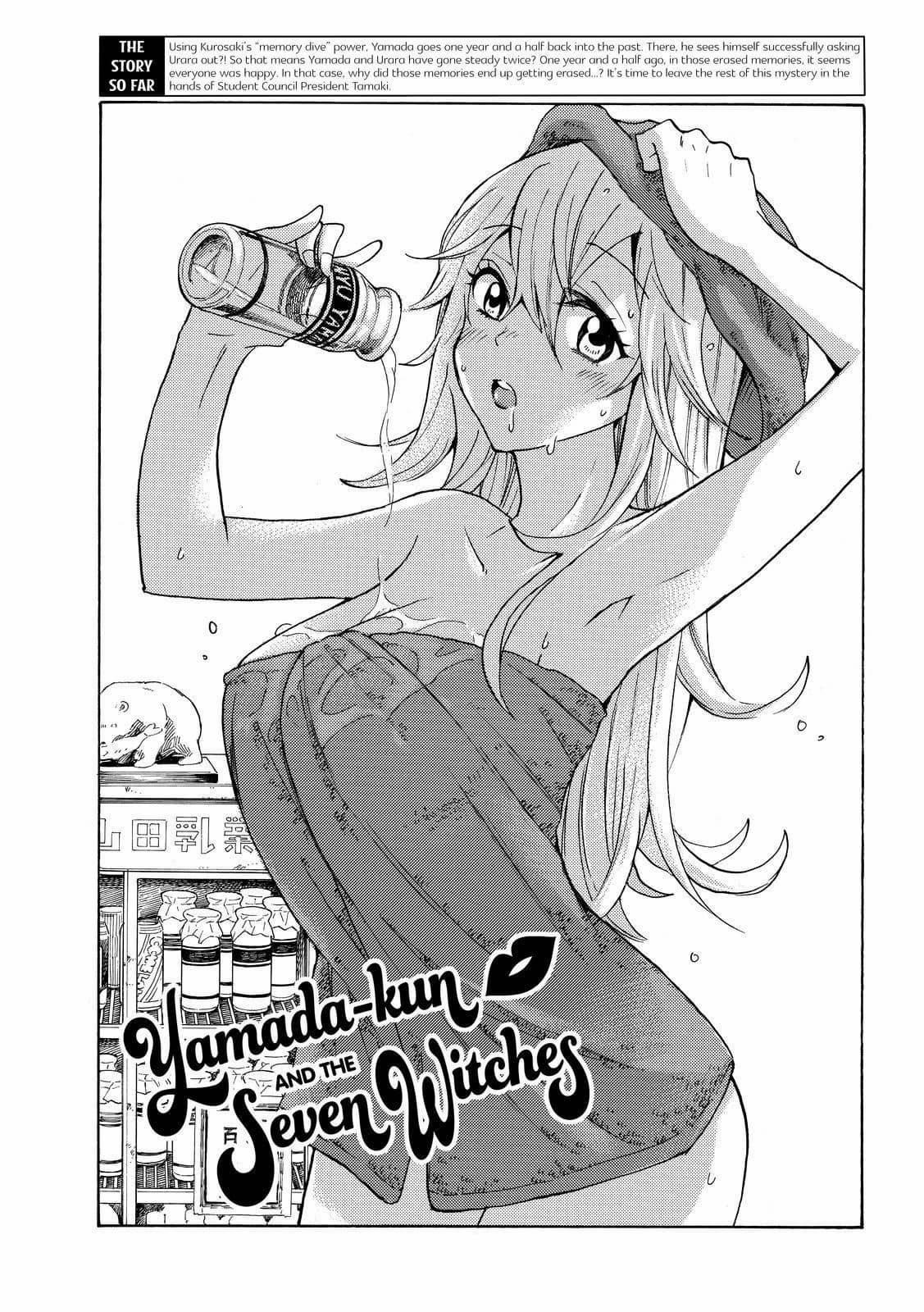


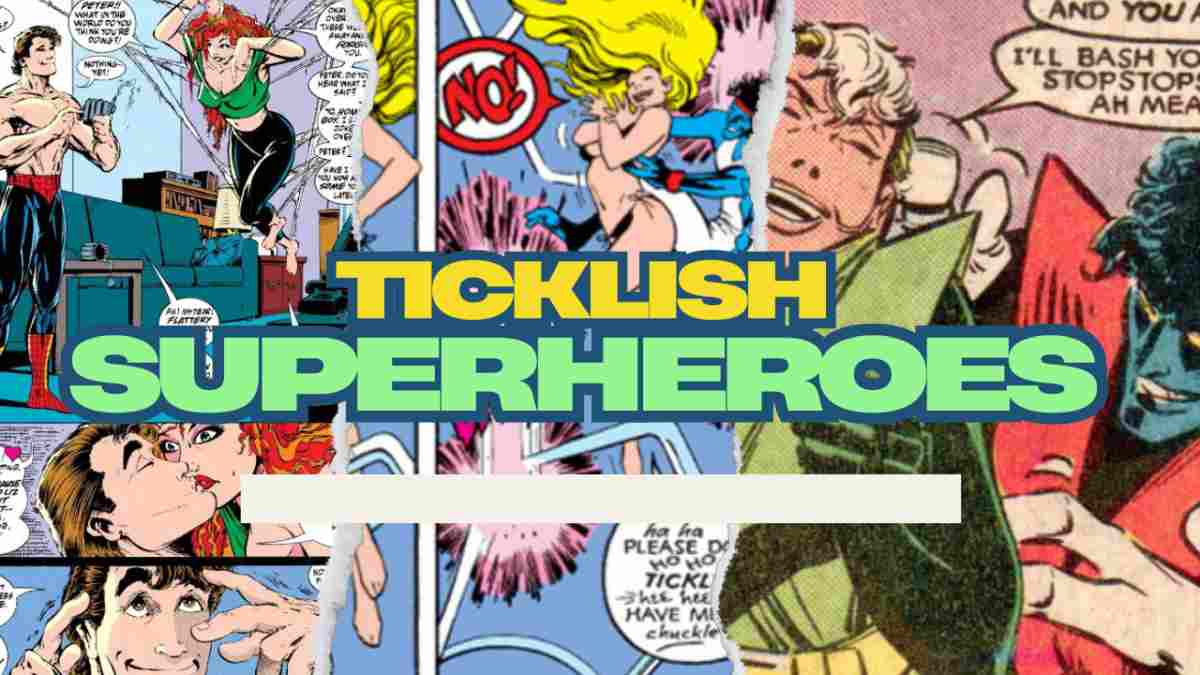
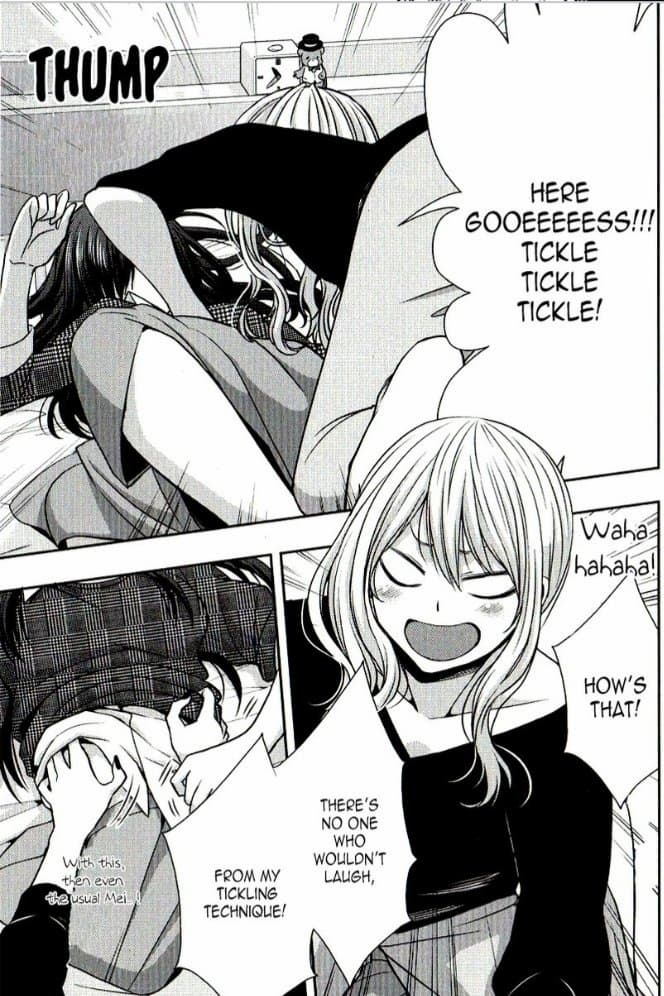
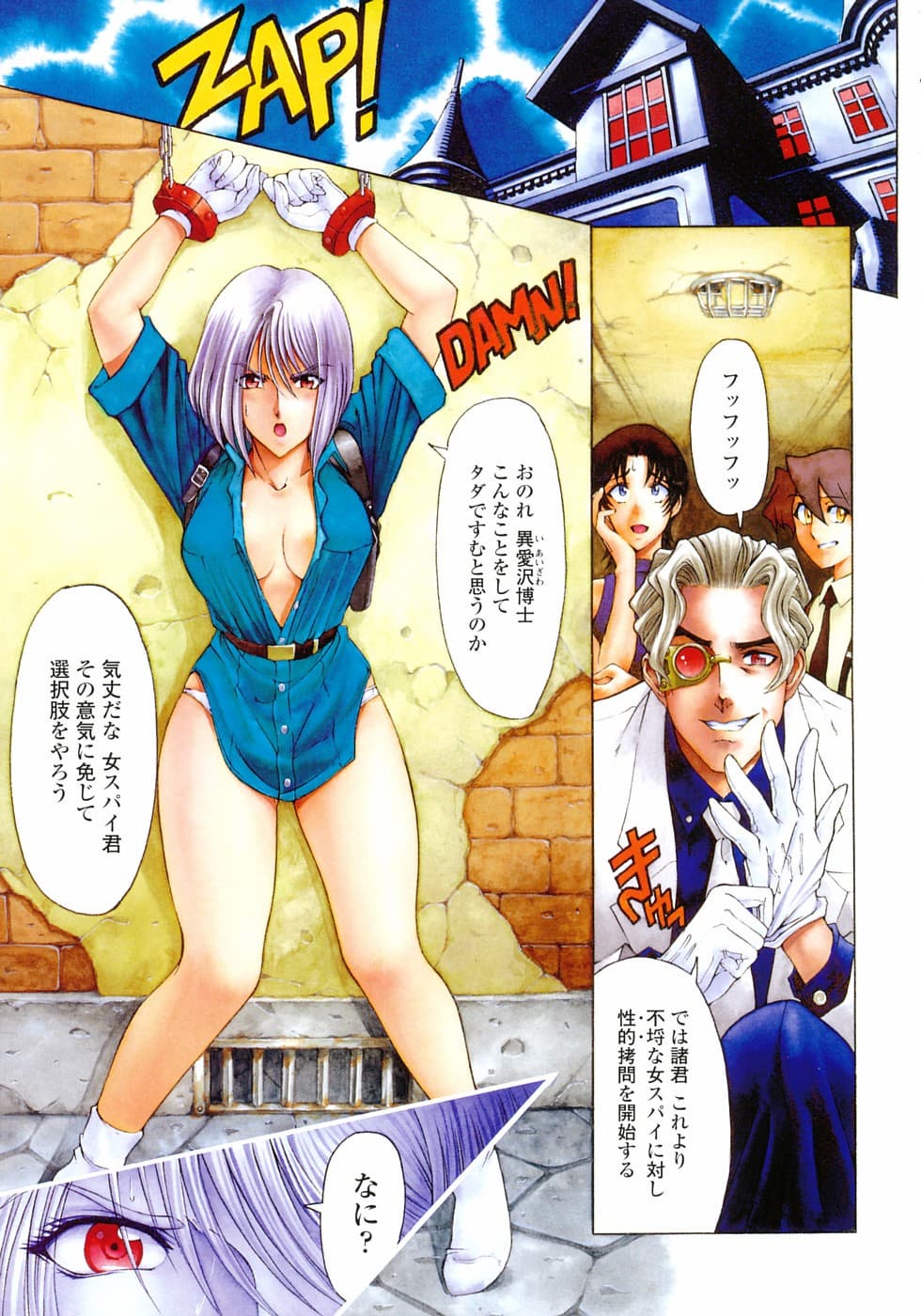

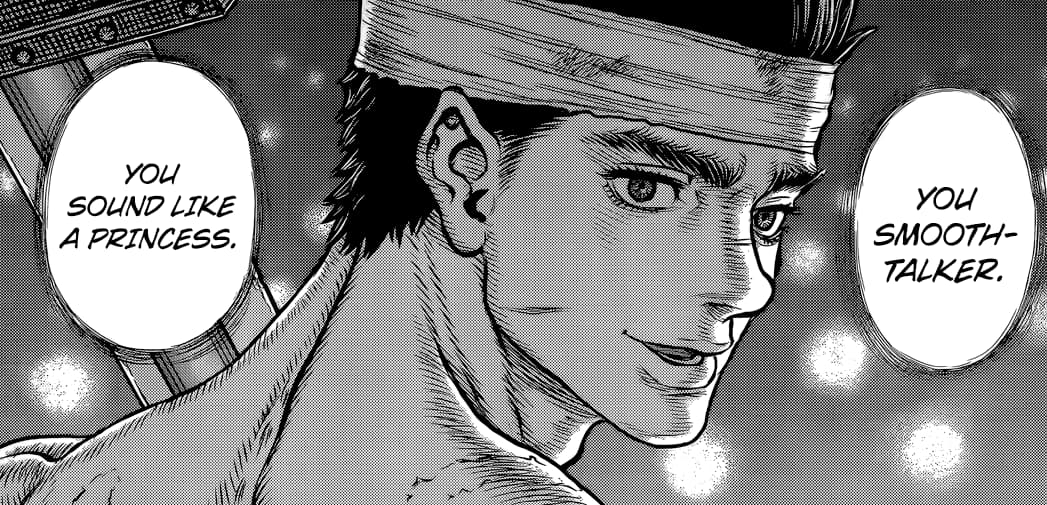
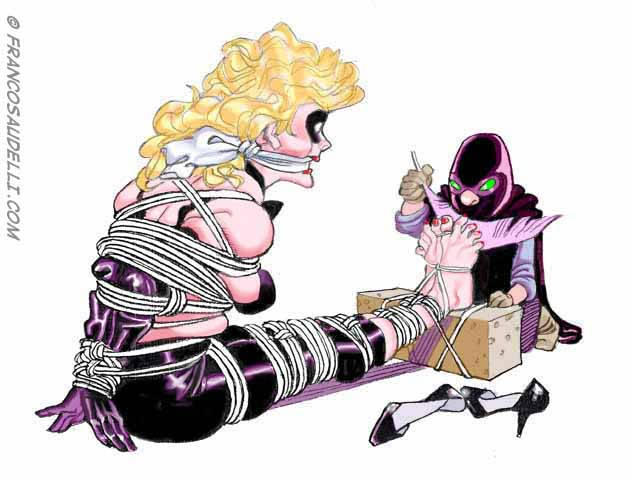
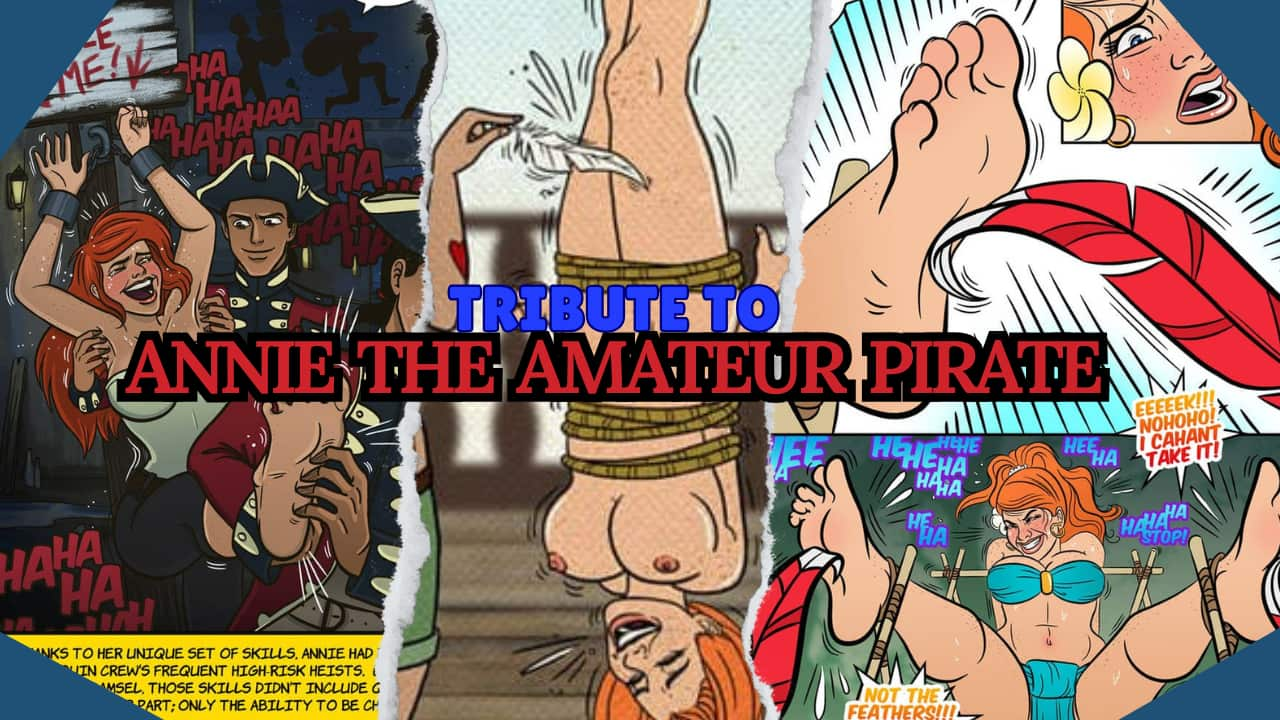
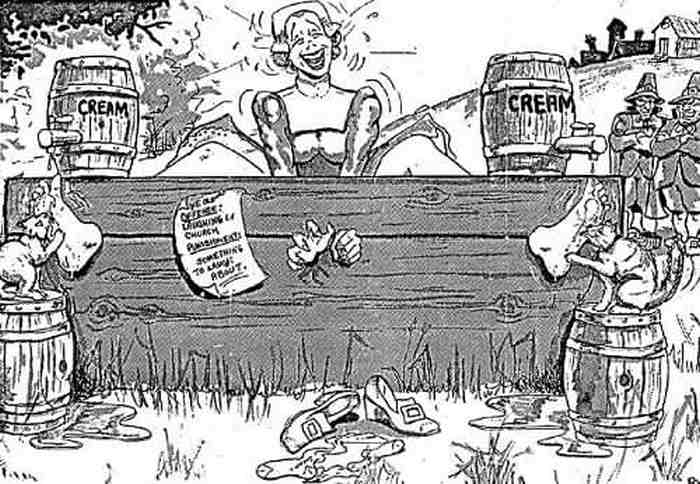
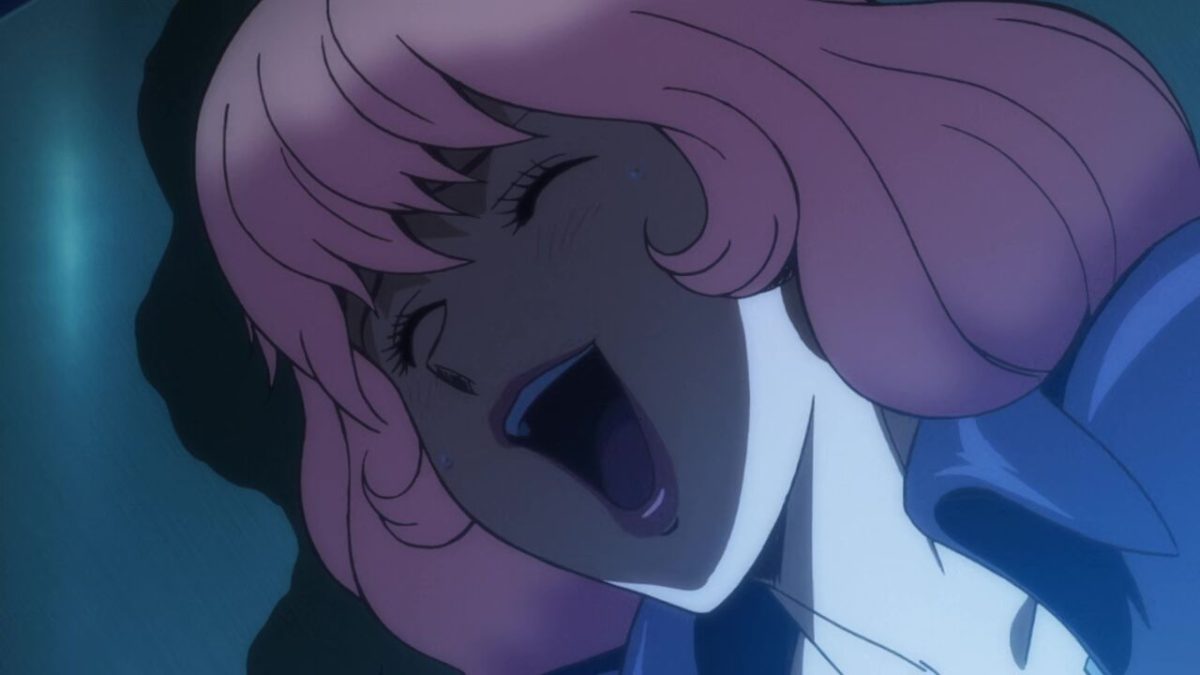
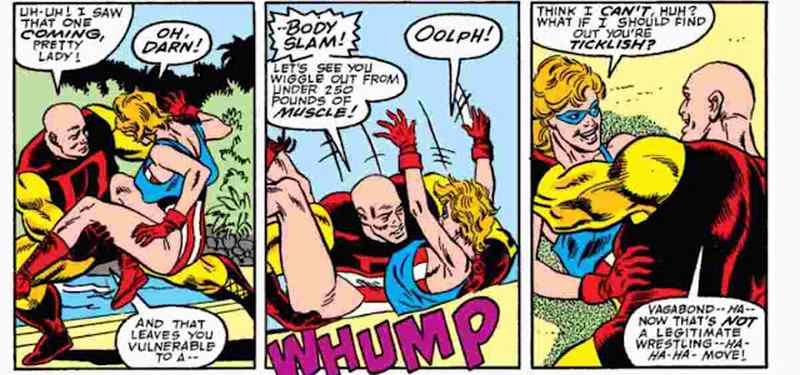
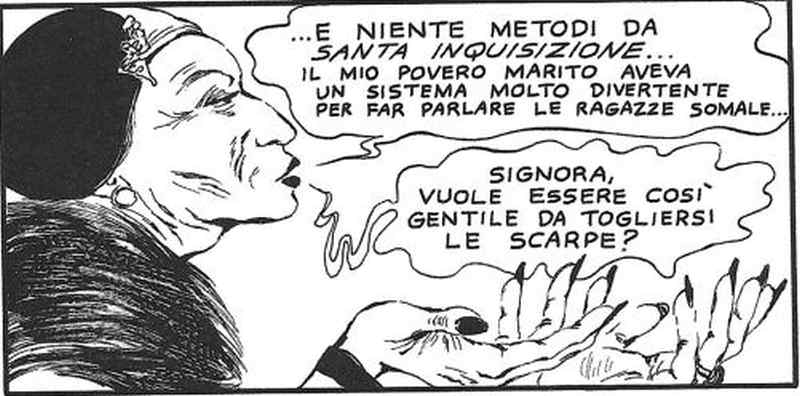
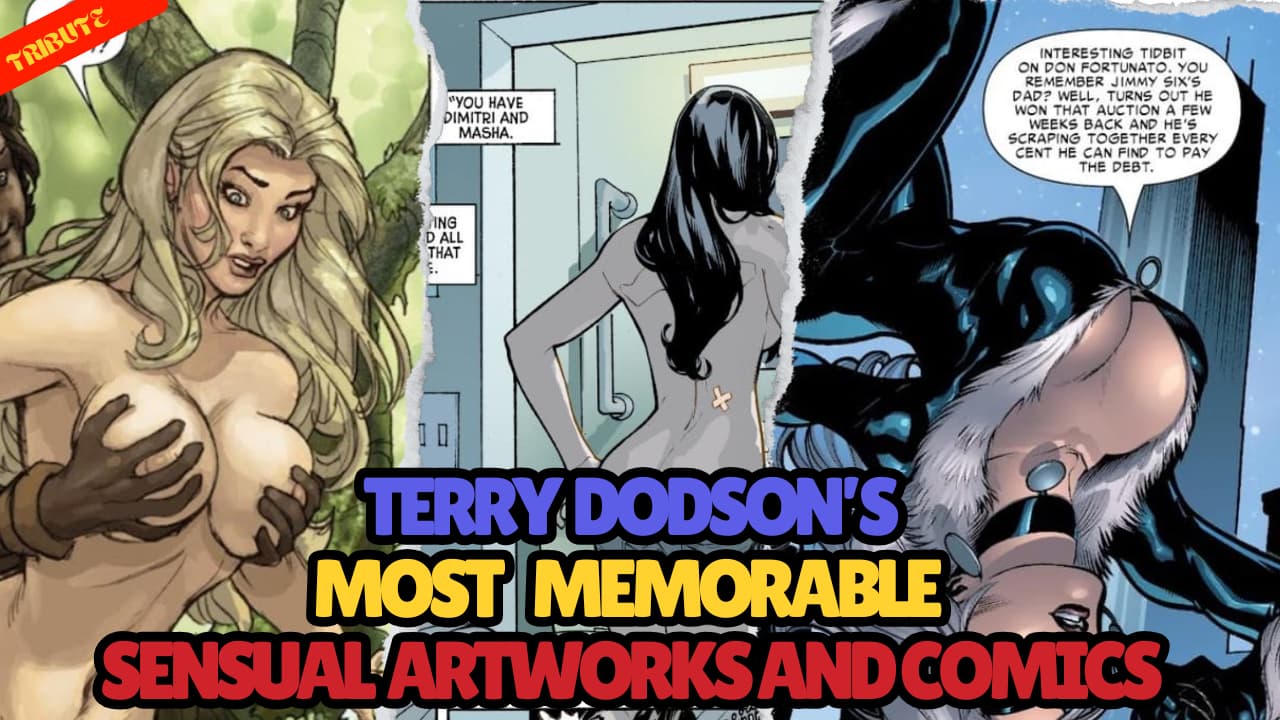


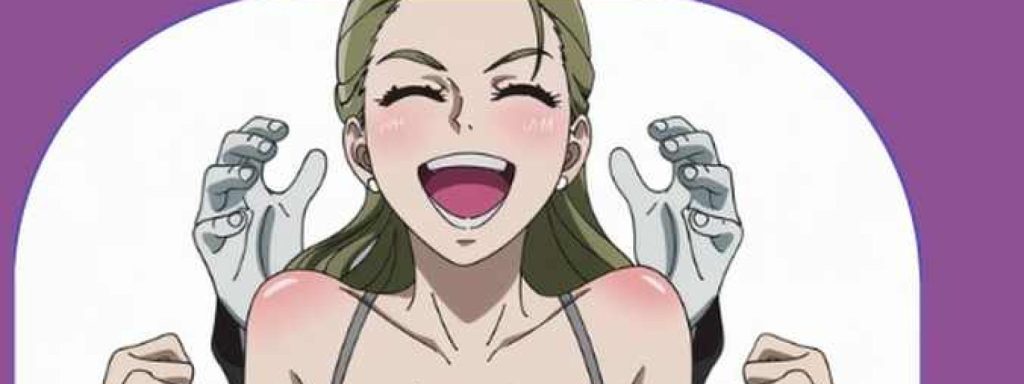
Leave a Reply